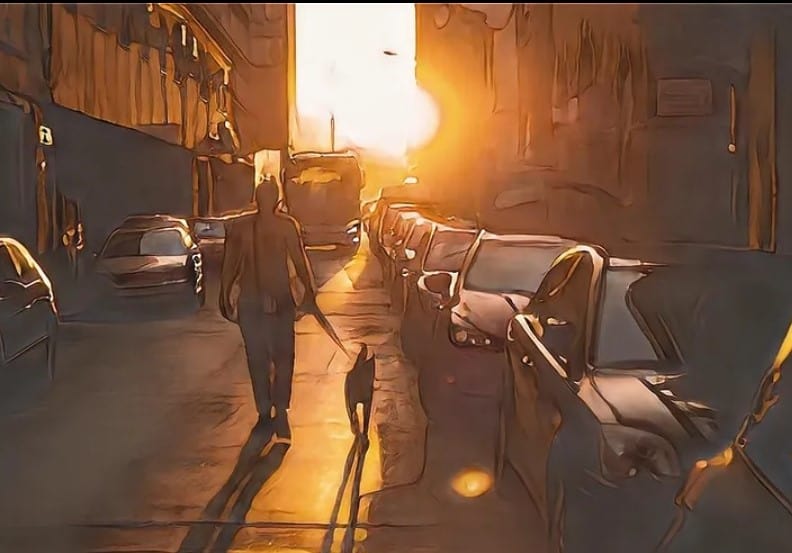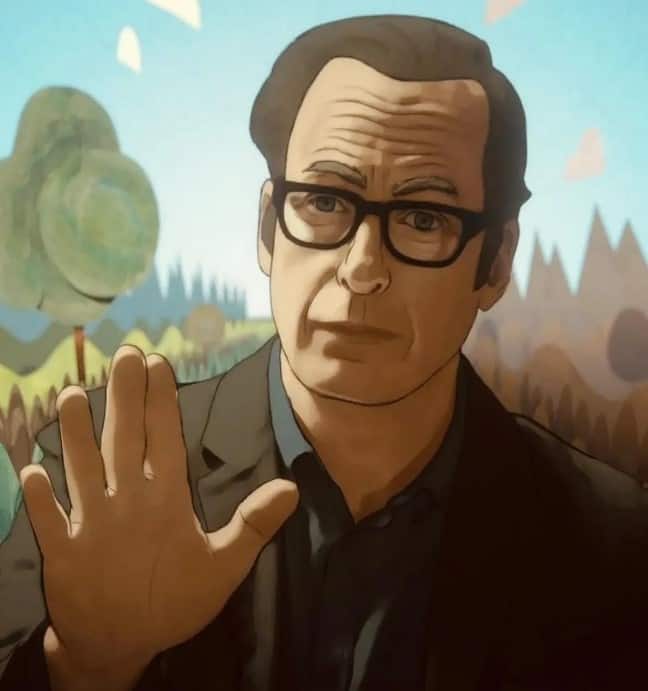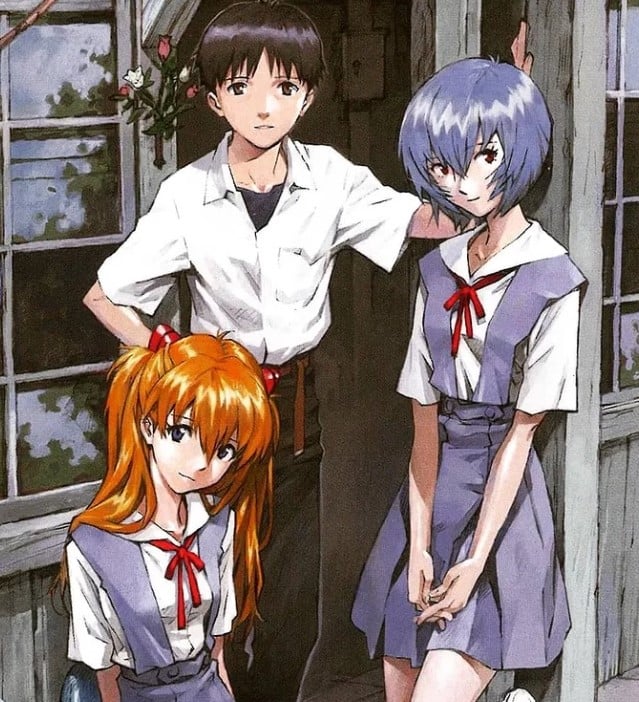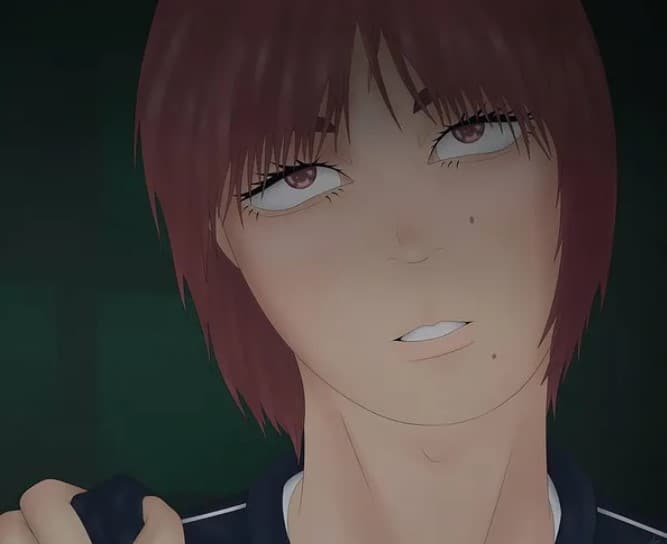Are you wondering what is rotoscoping? Here’s everything you need to know about rotoscoping and how it’s used in anime.
Do you want to know what rotoscope is and how anime has used it? Then make sure to check out our article below where we’ve discussed everything you need to know about rotoscoping.
Since the creation of motion pictures, humanity has created several techniques to enhance the quality of producing footage that makes the viewers have a real-life experience. It took several years to develop the visual effects and filming techniques we have today and by no means it’s an easy task.
When it comes to animation there are several techniques used to make the animated characters appear more human-like such as 3D animation, Motion Capture, Stop Motion Animation, Rotoscope Animation, etc.
And today we’re here to talk about Rotoscoping animation and how this technique has been utilized in anime.
So check out further below to know more!
What Is Rotoscoping in Anime?
Rotoscoping is an animation technique that was created in 1915 by Max Fleischer. Max Fleischer was an American animator and film director who was known to be the pioneer of animated cartoons in the early 1920s.
Rotoscoping animation technique was historically performed by using footage of a live-action movie and tracing over them to create animated images. The tracing was generally done on glass which will then be used in cartoons and animations to make the images look more real and moving. Back in the day tracings and illustrations were performed on a device named “Rotograph”.

However, currently, rotoscoping animation is predominantly done on computers for effortless illustrations that not just look real but feel real as well.
To ensure that the animation has authentic aspects, the animators must illustrate the movement of the actors or characters frame by frame, and sometimes, there are also cases where animators must design the appearance of the characters as well.
Only when each and every movement is illustrated, a rotoscope animation can turn out to be phenomenal and look original. The rotoscoping technique is also used in visual effects to combine two or more images in any live-action content.
To make the images look genuine, animators nowadays use 60 frames per second.
Frames per second is a unit that measures the number of photos displayed every second in a moving picture and 60 frames per second means there are 60 photos for every second in the movie.
When animators use 60 frames per second for their rotoscope, they have to illustrate each image 60 times which is a lot of work but the end result would be smooth moving pictures
/spa
.
Is Rotoscoping Used In Anime?
Since rotoscoping is an animation technique, there is quite a couple of anime that have followed the technique.
Although rotoscoping isn’t a common animation technique in the anime industry since most anime are known to use 2D or 3D animation, there are a few examples of anime that have made the spotlight due to their rotoscoping techniques either for looking too good or for being horribly illustrated.

Another fact to keep in mind is that rotoscoping can be done by illustrating low-quality images purposefully with only a few frames per second to keep production costs low. Looking further into the article, we’ll see how some animators used such techniques in anime to make history.
In addition, rotoscoping isn’t a favorite animation technique for anime viewers as they’re more used to watching anime in traditional animation techniques such as 2D animation.
Rotoscoping is somewhat like a blasphemy among most anime geeks because no matter how good the rotoscoping animation technique looks in the anime, anime fans would still consider the visual quality of anime to be mediocre or below average.
However, don’t worry if you’re a fan of rotoscoping animation techniques because there are some anime that have used the rotoscoping technique in a way you may like. We’ve listed which anime have used the rotoscoping animation technique down below.
How Rotoscoping Technique Was Used In Anime
The anime that became quite popular for its professional rotoscoping technique was Neon Genesis Evangelion: The End of the Evangelion. It was an action fantasy film that was released in 1997 and it was one of the most awaited anime films in the history of anime.
Given that Neon Genesis Evangelion: The End of the Evangelion was a film released in the late 90s, the visual quality of the anime was extraordinary.

The characters in the Neon Genesis Evangelion film were designed so perfectly that not a lot of people noticed that rotoscoping animation technique was used in the anime.
Apart from Neon Genesis Evangelion: The End of the Evangelion anime movie, there’s another popular anime that was highly praised for using the right rotoscoping techniques. And that anime is The Case of Hana and Alice which is a drama anime that was released in 2015.
The rotoscoping technique used in The Case of Hana and Alice has a minimal pastel-colored undertone which makes the viewers feel nostalgic when watching. The movie subtly depicts the beauty of hand-drawn characters and the background.
The characters in The Case of Hana and Alice were also seen having effortless and fluid movements thanks to the perfect rotoscoping techniques used in the movie.
Rotoscoping Technique Gone Wrong In Anime
Remember when we said, some animators made history by using the rotoscoping technique? Well, they only misused the rotoscoping animation technique which made several anime viewers either grow furious with them or have utter contempt towards rotoscoping animation techniques.
A very fine example of the rotoscoping technique gone wrong can be viewed in the anime The Flowers of Evil or Aku no Hana.
This anime series was released in 2013 and it’s regarded as one of the worst uses of rotoscoping techniques in the history of animated content.

The characters in The Flowers of Evil anime series are designed in an unpleasant manner that most anime viewers deem as ugly. If you’ve watched The Flowers of Evil anime you know what I’m talking about.
The characters in the anime series don’t have noticeable features that enhance their appearance or make them stand out from each other. It’s as if all the characters in The Flowers of Evil look similar and the viewers felt uneasy differentiating one character from another.
Besides the appearances of characters, the animators of The Flowers of Evil deserve praise for designing an excellent background setting. The hues used for the background were more bright and noticeable than the characters' appearances themselves.
However, what many people fail to notice about The Flowers of Evil anime is that the rotoscoping technique was used to portray the original features of the characters rather than the cute emotive eyes and prominent features which we witness in most anime.
Furthermore, rotoscoping animation techniques are still not welcomed by most anime viewers. This is due to the tragic sense of feeling the animation gives off and anime viewers as we know are mostly fond of vibrant animation and emotive characters.
Pros and Cons of Rotoscoping
We saw how rotoscoping was used to either make or break the entire anime industry and how different people have different views on the rotoscoping animation technique.
Now let’s take a look at the pros and cons of rotoscoping and how they must be taken into consideration when using the rotoscoping animation technique in anime.

Pros of Rotoscoping
- Rotoscoping with computers has become much easier than traditional methods as it lets the animators have control over the design and movements of the characters.
- With rotoscoping, animators can offer characters life-like appearances and make their movements look natural.
- Unlike traditional animation techniques used in anime which only focus on characters' appearances, rotoscoping places great emphasis on the reactions, emotions, and movements of characters which perfectly match the sound effects.
Cons of Rotoscoping
- Rotoscoping is one of the time-consuming animation techniques where the animator has to initially capture a reference image and then illustrate it.
- To get the perfect appearance and movement, the animator must illustrate the image multiple times if using the rotoscoping animation technique.
- It’s quite tough to completely replicate the original appearance of the characters since several illustrations have to be drawn to make a perfect match.
- If rotoscoping is done wrong, the entire animation of the content can look unappealing and of low quality.
In addition to the pros and cons of rotoscoping, several animators and anime directors believe that rotoscoping isn’t the ideal animation technique to produce anime. Hence why most anime are produced in traditional 2D or 3D animation techniques.
Rotoscoping Anime: FAQs
What is rotoscoping used for in animation?
Is anime rotoscoped?
What animation technique does anime use?
Also read



